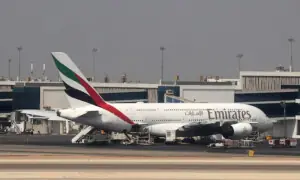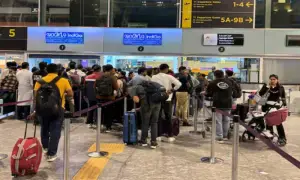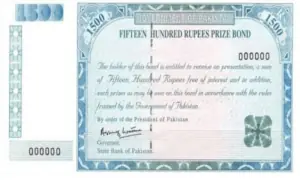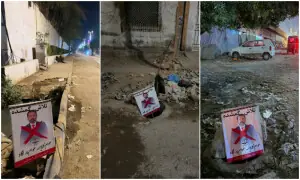Mumbai slum-dwellers fear Dharavi redevelopment
 —Reuters
—ReutersMUMBAI: Residents of Asia's most famous slum fear a multi-billion-dollar plan to transform the area into a Singapore-like enclave featuring luxury skyscrapers and shopping malls will destroy its vast informal economy.
Indian authorities have asked a developer to tear down and rebuild Dharavi, a bustling settlement in Mumbai known as the backdrop for Danny Boyle's hit 2008 movie "Slumdog Millionaire".
Supporters say the project will uplift hundreds of thousands of lives, but critics claim it will destroy Dharavi's social fabric and accuse officials of pandering to property developers.
"Dharavi is the beating heart of Mumbai... The government wants to grab it," says liquid soap manufacturer Ashraf Sheikh who recently went on an eight-day hunger strike over the redevelopment.
Dharavi is one of Asia's biggest slums. Estimates vary but between 700,000 and one million people cram into tiny homes on the 520-acre site; hundreds queue up to use public washrooms.
But the area defies most Western notions of a slum; Dharavi is a hive of economic activity and boasts an estimated annual turnover of more than a billion dollars.
Industries include pottery, leather and textiles -- about 5,000 businesses operate from around 15,000 one-room workshops, according to estimates. Masses of rubbish are also separated there for recycling.
Mumbai officials first tried to redevelop Dharavi two decades ago. Several attempts failed due to the difficulty of moving vast numbers of Indian slum dwellers who depend on informal work to survive.
"We have been living and working here for over 100 years... You'll have to shoot us before building your towers here," says potter Mepa Gudiya, who exports earthenware across India and abroad.
'Smart city'
The state government of Maharashtra, of which Mumbai is the capital, is trying again and recently put the redevelopment out to tender. A Dubai-based developer backed by royal families from the United Arab Emirates emerged as the highest bidder.
The ambitious scheme, projected to cost around $4 billion, will include demolishing tens of thousands of dilapidated slum houses and replacing them with several hundred towers up to 30 storeys high.
Around 70,000 families could be eligible for free apartments around 300 square-foot in size "that will be as good as any in Dubai or Singapore," according to Nilang Shah, CEO of SecLink Group, the master developer.
He wants to turn the area into a "smart city" with separate commercial and residential zones, as well as creating a "New York-like Central Park" and a "modern marina" in a nearby polluted bay.
"Lives will be enhanced without destroying their social fabric. It can be a model for the world," Shah told AFP in a telephone interview from Dubai.
Fifteen-year-old Muskan Sheikh is excited by the prospect. She lives in a bathroom-less one-room house with five relatives sleeping head-to-toe.
"I often have to wait 20 minutes in a line to use the toilet. During the night I just hold it in because I don't want to step outside," she says.
Many Dharavi residents are sceptical, however.
They would welcome new homes with private bathrooms and running water but worry that the intrinsic nature of Dharavi, where people live and work out of the same room, will disappear.
"We're afraid that it will just become another high-rise area and we'll all be put in one tower," says petroleum businessman Fakhrul Islam.
Real estate lobby
Dharavi originated as a swamp and grew rapidly in the late 19th century as migrants moved to what was then called Bombay to work in its expanding British-era factories.
Today, dozens of tourists armed with cameras meander through the area's narrow alleys every day, dodging goats and handcarts as they peer into tin-roofed shanties and ramshackle workshops.
Dharavi is located in the centre of the coastal megapolis, close to the Bandra Kurla Complex business district, airport, a main railway station and a crucial waterway, making it appealing to developers.
SecLink estimates that the revenue potential from the free sale of scores of towers is $15 billion.
"Unfortunately it's the interests of the real estate lobby that is guiding decisions about Dharavi's development," says Kalpana Sharma, author of the book "Rediscovering Dharavi".
Authorities are soon expected to survey Dharavi to determine how many families settled there before 2000, making them eligible for free homes.
Work will then commence, according to Shah who predicts that all slum dwellers will be rehoused within five years. Residents are still to be convinced though.
"We're not against redevelopment," says Malik Abdullah, 55, owner of a plastics recycling unit.
"But it was us who turned this creek into an industrial powerhouse. If businesses are taken away then we will be left with nothing." —AFP




















Comments are closed on this story.